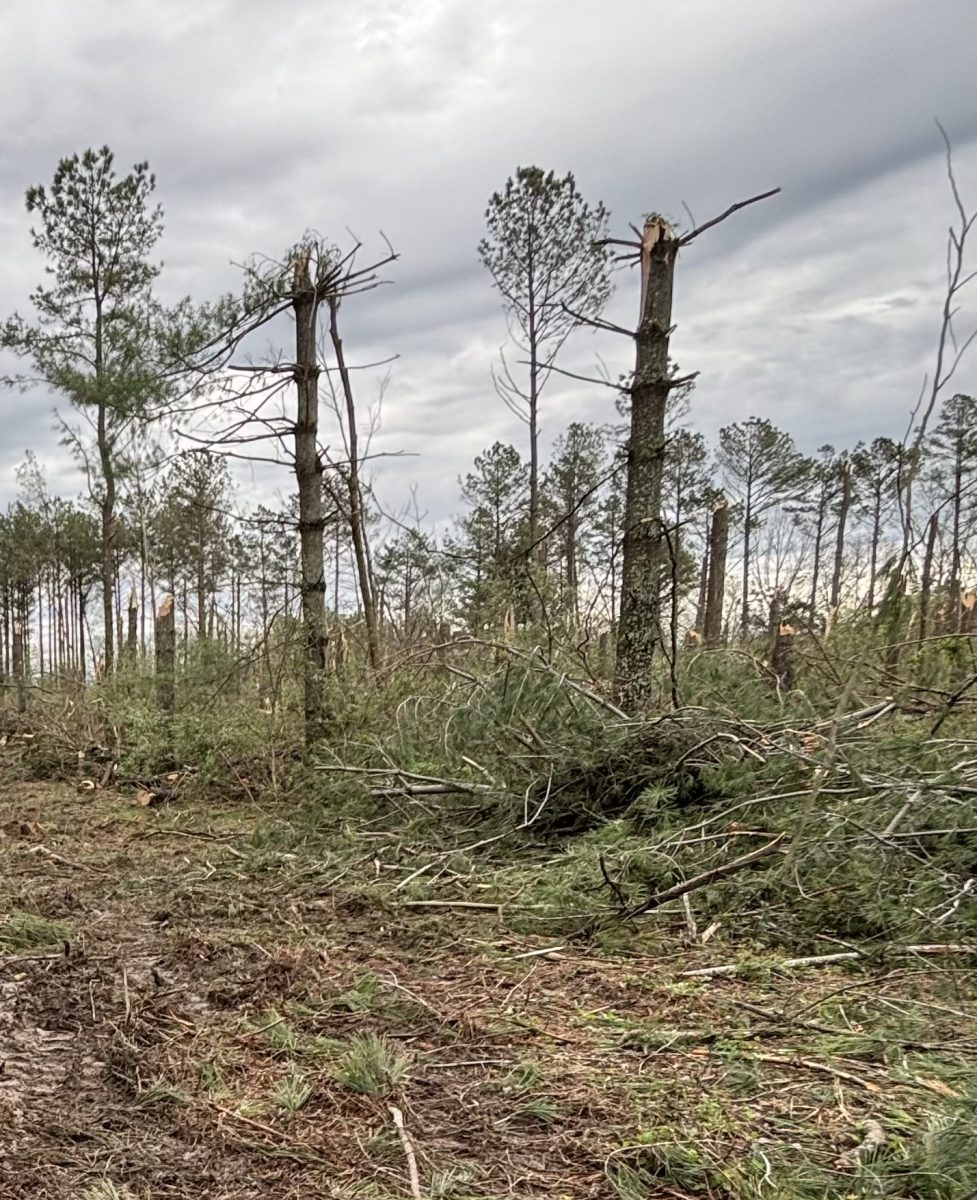Holocaust portrayed in a different light
April 22, 1996
Ken Segan gave a lecture on his artwork called Under The Wings of G-d to explain some of his views on the Holocaust in front of a full University Museum Auditorium Thursday.
Segan, a 1977 SIUC alumnus with a degree in art, portrays victims of the Holocaust in a slightly different light by presenting them with large angel-like wings.
He said his art consists of looking at old photographs, drawing them in pen and ink and then sketching in the wings coming out of the backs and shoulders of the people.
Advertisement
Segan said the wings are drawn in to represent the strength the victims of the Holocaust had to face during one of the most horrible times in human history.
If you see some of the artwork that represents the Holocaust, you can see the type of horror these people faced, he said. I wanted to do something to restore their dignity, and to show that these were real people and not just some faceless memory.
People have always been fascinated with flight, and I began to draw wings on people to show them as a symbol of beauty even though they faced unspeakable terror.
Segan said he studied in Poland from 1984 to 1985, and described it as a vast Jewish graveyard. He said he first had the idea to draw wings on people when he saw a photograph of a three people in a trolley and imagined them being taken to the afterlife.
He said the title Under the Wings of G-d represents a way of writing God without blaspheming the name, which is a common practice in Hebrew writings.
Segan’s lecture also consisted of the artwork of the late Israel Bernbaum, who was born and raised in Warsaw.
Segan said he and Bernbaum worked together on occasion. Segan showed the drawings from Bernbaum’s children’s book My Brother’s Keeper, which won an award in Germany for best children’s book in 1990.
Advertisement*
Betsy Leverett, the director of the Hillel Foundation for Jewish Campus Life, which was one of the sponsors of the lecture, said she had seen Segan’s work in one of the alumni magazines and decided to bring him back for a lecture series.
She said his works are a reminder of what happened to these people, and it gives them a little more dignity because of the way they are presented.
Leverett also said it makes people more aware of how easy it was for an event like the Holocaust to occur, and we should be careful not to let it happen again.
Segan said his work is different when compared to other Holocaust lectures because it encompasses a wide range of ages and addresses problems directly.
My views are not just there to tell a story but to put the events in today’s terms as well, he said. If we are going to address world situations and address the problems in our own community, it is important to speak out against some of the politics that keep some cultures down.
Some people will just talk about the Holocaust and leave it at that. That can lead to a mentality that deals with nothing but isolation and killing. I try to deal with the people that were involved and show them as real people and not just faces. I wanted to do something like this so I could reach children as well as adults and let them become more informed of what happened so they can make choices and not let it happen again.
Advertisement









Akiva Kenny Segan • Oct 25, 2016 at 5:30 pm
I”m glad to see this is posted but I wonder if the reporter who wrote the article, James Lyon, as seen in the original hard-copy of the article, described DE Features Editor, changed his first and surname (to Gus Bode)?
~
Of course I’m listed in the text as Ken Segan whereas I go by Akiva Kenny Segan nowadays (and have for many years, including back in 1994. But the paper wanted to use the name I went by when I was a student at SIU-Carbondale. (The name Akiva was given to me in ’76 by an SIU-C classmate, Rivka Willens. It stuck). Thanks, cheers ~